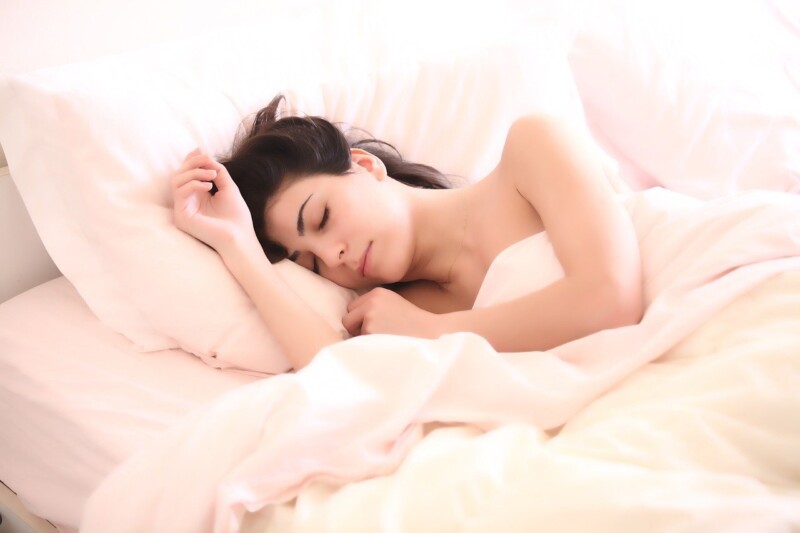Work-life balance. It’s that thing we all strive for, are all told we need to be better at maintaining. Work hard, but not too hard. Make sure you have time to spend with your family, it’s good for your mental health. Despite these messages, we’re also expected to work harder, for longer and less pay, in a world that constantly expects us to be available and connected. Somehow, these two ideas don’t quite add up. There is much advice already out there about how to help keep balance between work and life outside of it. The wellness industry is booming and finding new techniques regularly.
Biphasic Sleep
One technique that has grown increasingly popular is also one of the oldest and simplest – biphasic sleep, also known as siesta sleeping pattern. Many researchers believe that, for most of human history we were biphasic sleepers, and that it is only with the dawn of the industrial revolution when factory owners wanted their workers to work as many hours as possible that monophasic sleep at night became the norm. For thousands of years before, humanity had been sleeping twice throughout the day – one longer stretch of sleep at night-time containing multiple REM deep sleep cycles, and one shorter one. Although this could be something such as a 20-minute afternoon nap, some cultures used to go to bed at dusk, wake up in the early hours of the morning and continue with activities for a couple of hours before going back to sleep again until dawn. Many modern adopters agree that as a result their waking hours are more productive and that they sleep better and more consistently when they do. Some have also commented that it allows them to better divide and manage their time when awake – not only are they more productive with work tasks but feel that the time spent on personal projects or with family is of higher quality.
However, although there are many benefits presented here for biphasic sleep, it is obvious that this approach cannot work for everyone. Despite the changing attitudes towards working brought about by the pandemic, many roles could not adapt to allow, for example, an afternoon nap. Jobs such as nurses, doctors and some long-shift workers would not necessarily, or always, be able to adapt in this way. Others may not be able to accommodate such a sleep schedule due to lifestyle commitments, like parents with young children or those working in finance who are required to maintain a continued presence at their offices and desks throughout the day. It is worth noting, however, that these examples only show difficulty in maintaining biphasic sleep with a nap during the day, and not those who segment their night-time into two sleeping phases. It is also worth noting that an afternoon ‘siesta’ is popular within many European countries, and within all walks of life.
So, can biphasic sleep help with your work-life balance and overall wellbeing? Maybe, but it’s definitely worth considering after another night spend tossing and turning at 3am.


